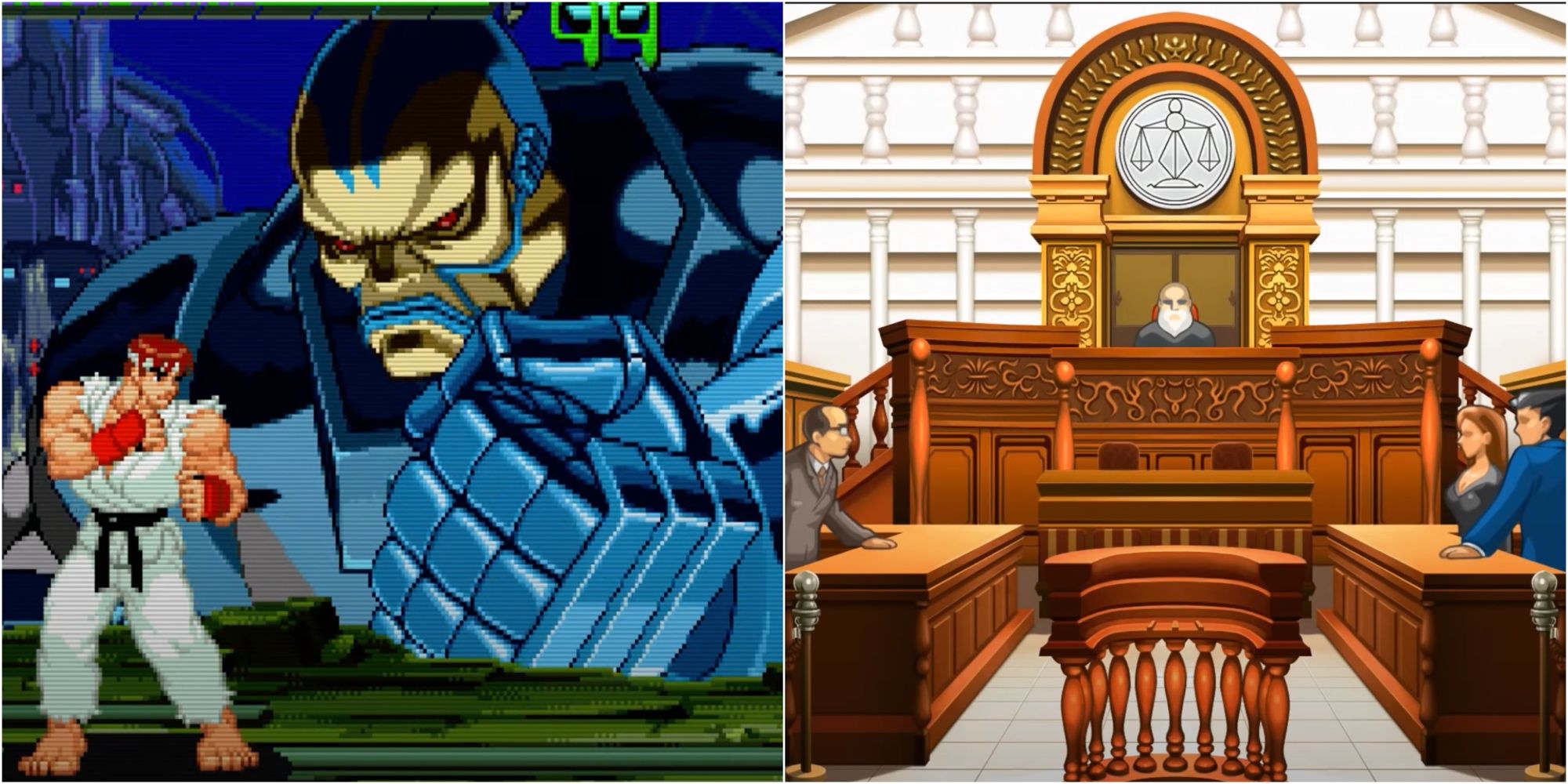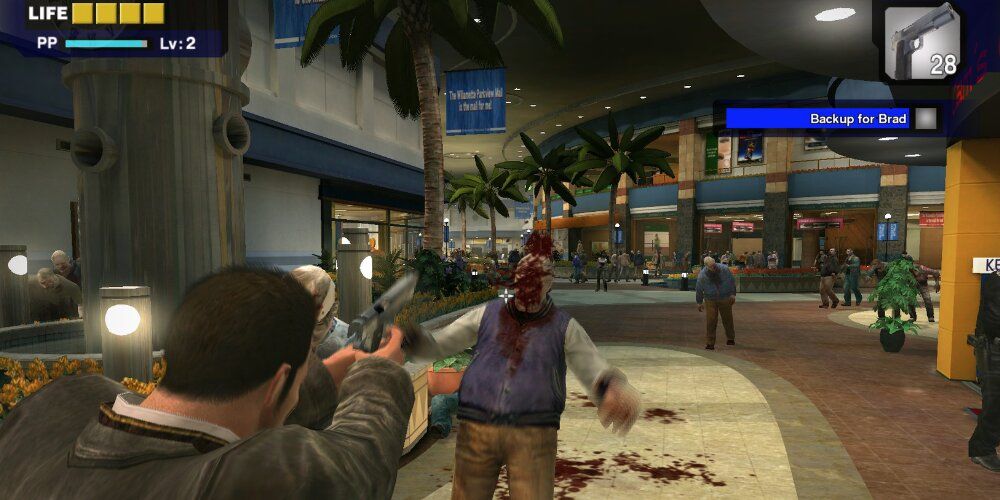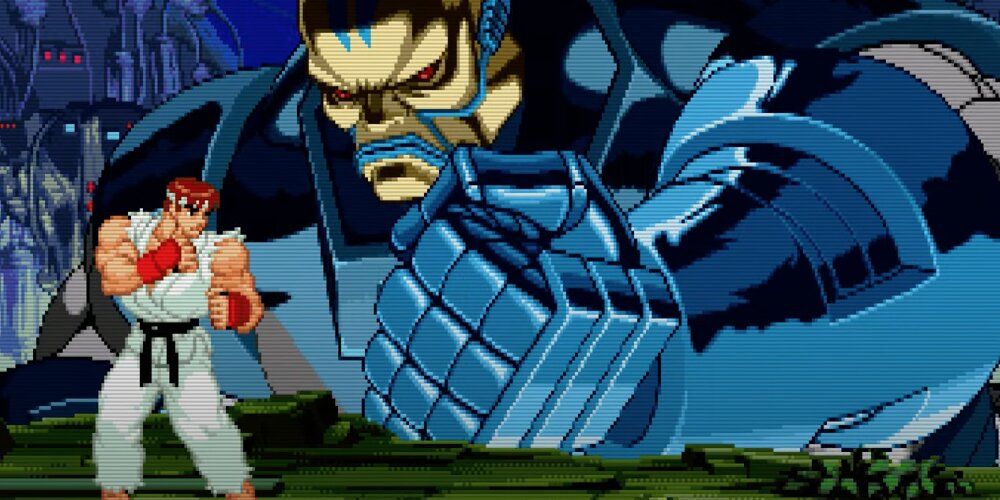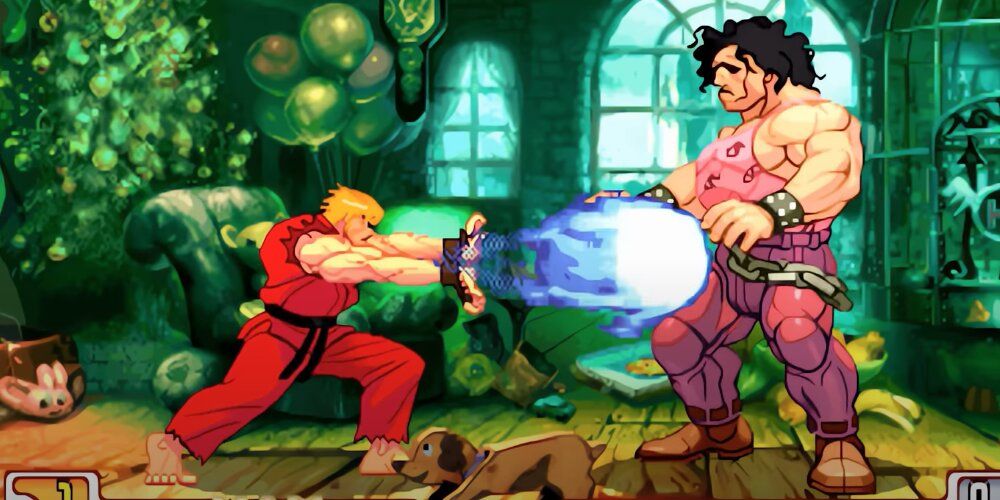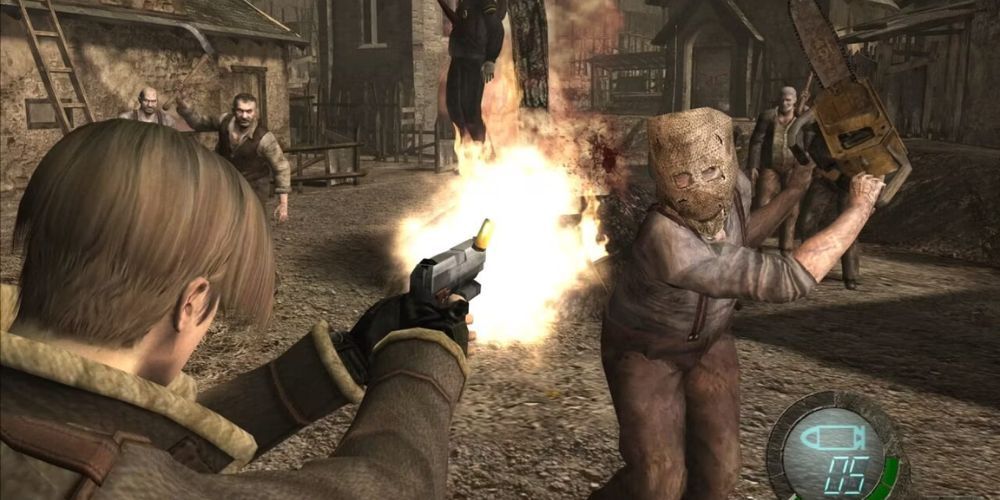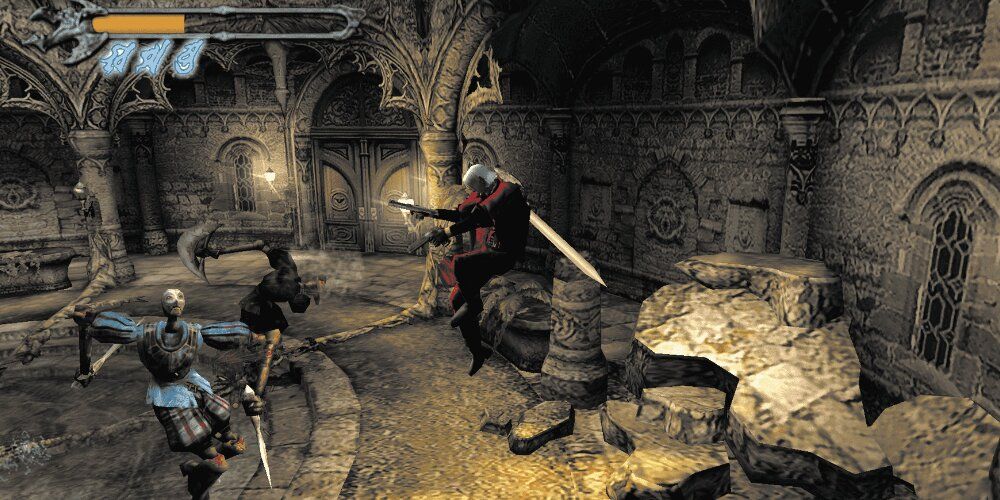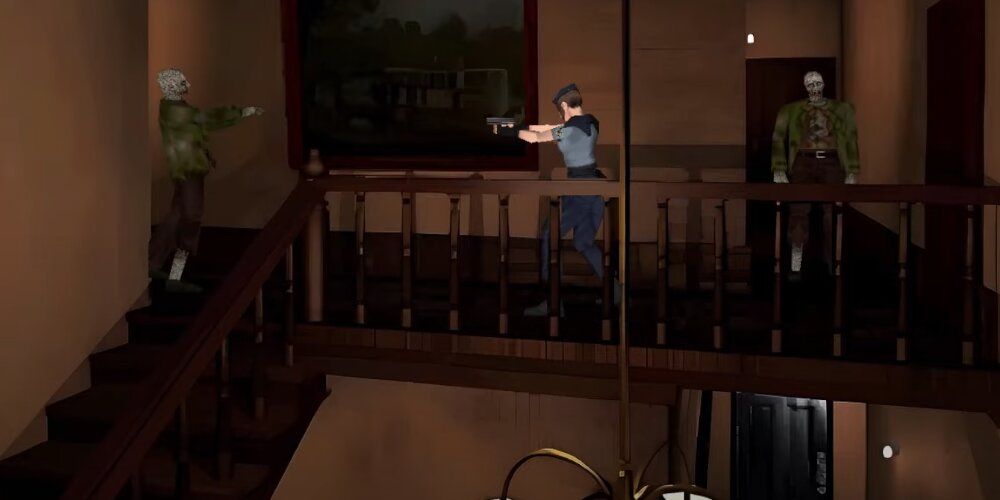Highlights
- Capcom's innovation across multiple genres has inspired countless developers to take risks and break the mold in the gaming landscape.
- Titles like Dead Rising, X-Men VS Street Fighter, and Phoenix Wright have revolutionized gameplay mechanics, leading to new popular trends.
- The visual style, gameplay mechanics, and unique concepts introduced in Capcom's games have left a lasting impact on the gaming industry as a whole.
Ever since they first started developing games back in the late 1980s, Capcom has always been known as a developer who is willing to take risks in numerous departments. Whether it's the art style of a game, the characters, or just an entirely new gameplay formula altogether, they have never shied away from breaking the mold and introducing new ideas and concepts to the gaming landscape, and in many cases, this has gone on to inspire a plethora of other developers to follow their influence with their own games later down the line.
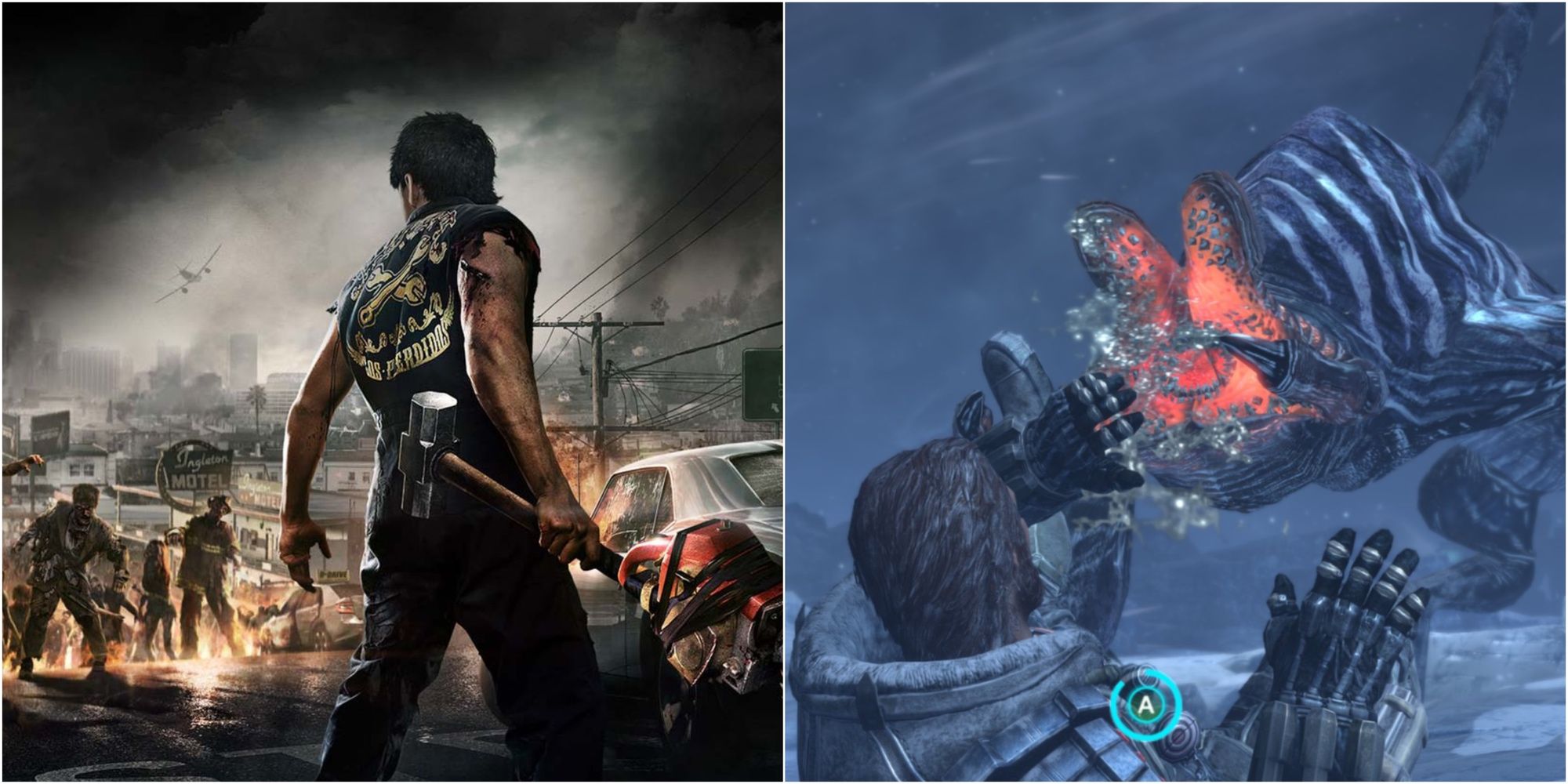
6 Worst Capcom Game Worlds To Live In
Capcom have created some amazing game worlds throughout the years, but no one would ever want to actually live in these ones.
For a game to truly be considered innovative, it needs to have done something that was never, or rarely seen before its time, and in the case of Capcom, this has been the case for more than a few of their titles. Therefore, considering how much of a drastic impact they've had on the industry over the years, it feels like the perfect time to look back at the games that made Capcom a household name through how innovative they were at the time they were released.
1 Dead Rising
After Countless Years Of Deadly-Serious Zombie Games, Dead Rising Took A More Comical Approach To Its Gameplay
Of course, zombie games were around long before the arrival of Dead Rising in 2006, but while a lot of those horror titles were firmly rooted in being as scary and unnerving as humanly possible, Capcom decided to do things a little differently with Dead Rising. While the game can still be pretty terrifying when it wants to be, especially when the mini-boss Psychopaths decide to show up, there's also a lot of humor integrated into its overall tone which helps to make the game feel unusually lighthearted and jovial, even though Frank is surrounded by swarms of flesh-hungry zombies.
Being able to knock zombie heads off with a golf ball or skateboarding across a large horde are just a few examples of ways that the player can take down large groups of enemies at once, with this sort of slapstick humor being a stark contrast to the deadly-serious zombie games that came before it. Dead Rising also blew people away with the staggering number of zombies that it managed to fit on-screen at once, making the game eerily immersive and realistic as a result.
2 X-Men VS Street Fighter
Proved That Crossover Fighting Games Could Become A Reality
Fighting game crossovers might be a pretty normal occurrence nowadays, with the likes of Super Smash Bros and Marvel VS Capcom remaining some of the most popular games in the genre, but the arcade title that kicked off this trend was none other than X-Men VS Street Fighter in 1996. At a time when both the X-Men and Street Fighter were arguably at their peak of popularity, the team at Capcom somehow managed to strike a deal to feature the X-Men in their latest fighting game, something that, at the time, seemed pretty much impossible given how drastically different the two IPs were.
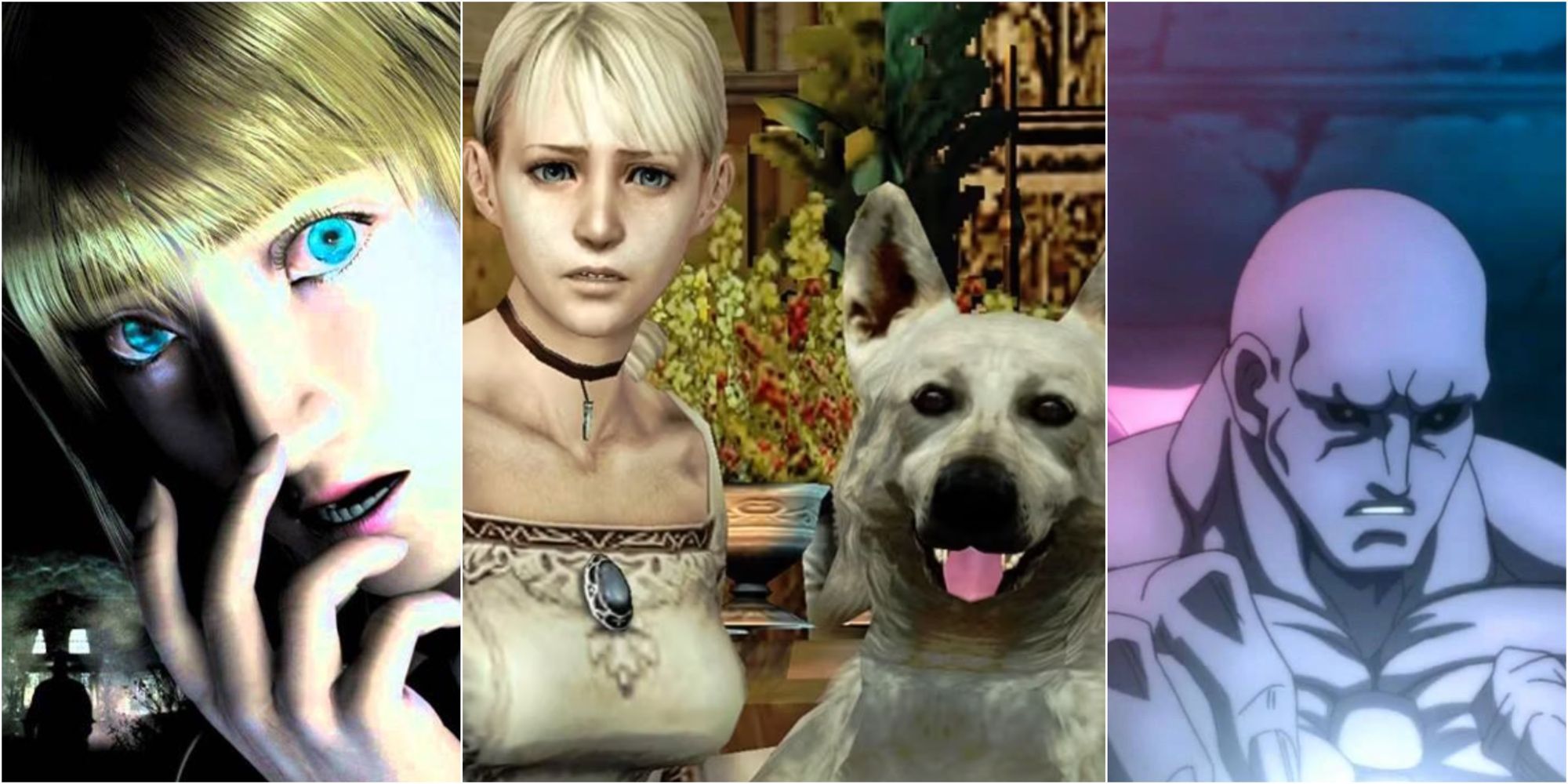
5 Darkest Capcom Games
Not even a few cheesy one-liners could lighten up the mood in these dark and twisted Capcom titles.
What resulted was a flashy, fluid, and incredibly fun 2D arcade fighter which became so popular that it would eventually also be ported to the Sega Saturn and PlayStation later down the line. The enormous success of the game also birthed the now wildly popular Marvel VS Capcom series of games, which has become one of Capcom's most profitable series to date. X-Men VS Street Fighter proved that fighting game crossovers weren't only a possibility, but that they could end up being much more than a mere gimmick too, so long as enough care and attention was dedicated to making the core gameplay rock-solid.
3 Phoenix Wright: Ace Attorney
Inspired Countless Developers To Make Fun And Exciting Job-Simulators
Since most developers try to make their games as otherworldy and over the top as possible to allow players to experience something completely different from the real world, it came as quite a surprise that in 2001, Capcom decided to make a game entirely dedicated around being a legal attorney. Somehow, they managed to not only make the game a ton of fun thanks to its unique evidence mechanic and the lovable cast of characters, but they also inspired many other future developers to try their hand at basing their games around an everyday job that could be made all the more exciting through specific systems and gameplay decisions.
Much to everyone's surprise, Phoenix Wright would go on to be hugely successful, both critically and commercially, with it spawning a myriad of sequels and spin-offs, along with its very own anime series. It may have seemed doomed to fail, but Capcom's thrilling attorney-simulator managed to stand tall against all the odds.
4 Street Fighter 3: Third Strike
Fighting Game Developers Paid A Lot More Attention To The Visual Style And Aesthetic Of Their Games After Third Strike Hit The Arcades
By the time Street Fighter 3: Third Strike was released in 1999, fighting games had completely taken over the arcade scene, and Street Fighter 2 had already firmly established the series as the reigning king of the genre. As any fighting game fan will admit, Third Strike stood out from its predecessors and its competition because of its endlessly charming aesthetic and visuals. While every other fighting game was intentionally made to be arcade-like in their presentation, Third Strike was heavily inspired by hip-hop culture in both its visual style and its music.
Since most other developers were primarily focused on simply making their fighting games play and look as good as possible, there wasn't really an opportunity for them to think about the aesthetic and tone of their titles, but Third Strike proved that this is arguably just as important when it comes to making the game stand out. There are many reasons why Third Strike is still considered to be one of, if not the greatest, fighting game of all time, but its sense of style and vibrant aesthetic is a big one.
5 Resident Evil 4
The Over-The-Shoulder Perspective Is Still The Go-To Camera Angle To This Day
At a time when it seemed as though the once mighty Resident Evil series may have finally started running out of steam, Resident Evil 4 took a huge risk by completely removing the tank controls that players had become familiar with and replacing them with an over-the-shoulder third-person perspective. This camera angle managed to work so well in combat that countless other games would decide to replicate it, with Resident Evil 4 essentially being the beginning of the whole third-person shooter craze that took over the mid-2000s.
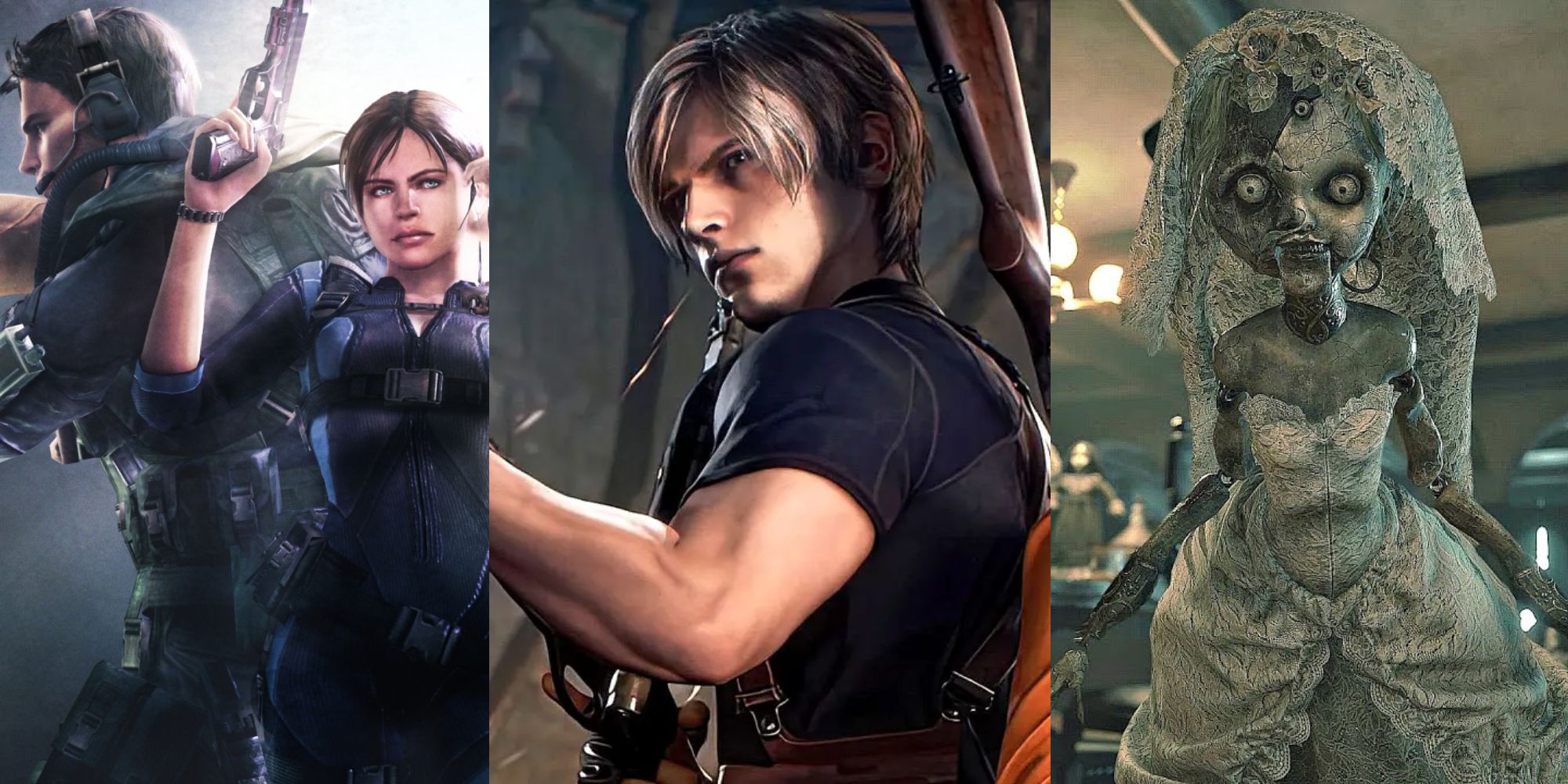
11 Weakest Resident Evil Bosses, Ranked
Not all monsters are made equal, and these are the easiest boss fights from the Resident Evil franchise.
One popular example of this is another horror title, Dead Space, which is heavily inspired by Resident Evil 4 in the way it plays, while also leaning more heavily into the horror side of its tone and aesthetic to present itself as a different game entirely. Nowadays, pretty much every survival horror game, even the remakes of older Resident Evils, uses this perspective in their gameplay, and it's largely thanks to Resident Evil 4 that it has become the go-to standard for many developers.
6 Devil May Cry
Responsible For Introducing Many Players To The Now Immensely Popular Hack N' Slash Genre
Devil May Cry is a game that was far ahead of its time, with its hack n' slash 3D gameplay being something that no one had ever experienced before up to that point. Although there had been some developers that had dabbled in this sort of gameplay loop before, especially in the beat em' up scene, Devil May Cry used a unique Style meter to encourage players to perform flashy combos to rack up their high scores, making the game far more engaging and extremely action-packed.
It also can't be understated just how important Dante is as a protagonist, with his carefree attitude and infectious charisma becoming a mainstay of hack n' slash protagonists going forward, with Bayonetta and Raiden being two prime examples. It's hard to say when, or even if the hack n' slash genre as it's known today would have existed if not for the influence of Capcom's first Devil May Cry game.
7 Resident Evil
Not Only Set Out The Survival Horror Formula, It Also Revived Interest In Zombies As A Legitimate Enemy In Gaming
Resident Evil
- Platform(s)
- Nintendo DS , PC , PS1 , Sega Saturn
- Released
- March 30, 1996
- Developer(s)
- Capcom
- Genre(s)
- Survival Horror
Although games like Alone in the Dark and Sweet Home had tried to usher the horror genre into the world of gaming, they often felt confused and uncertain about how they wanted to be played, and what they ultimately wanted to be. Resident Evil on the other hand was very confident in its gameplay, story, and characters, with this single title essentially creating the survival-horror genre that has become so immensely popular over the years. Although taking down enemies was a central part of the gameplay, players were also able to complete puzzles and collect items as they explored the Spencer Mansion, resulting in a satisfying gameplay loop that always gives the player something to do.
While it may have set out the basic template for the survival horror genre going forward, the first Resident Evil game also gets a lot of credit for reviving popular interest in zombies during a period when they were beginning to fall out of style. By using small narrow corridors and giving the player barely any ammunition, it allowed every zombie to feel like a true threat, something which inspired many other creators to also include them in their games now that they were back in the spotlight.
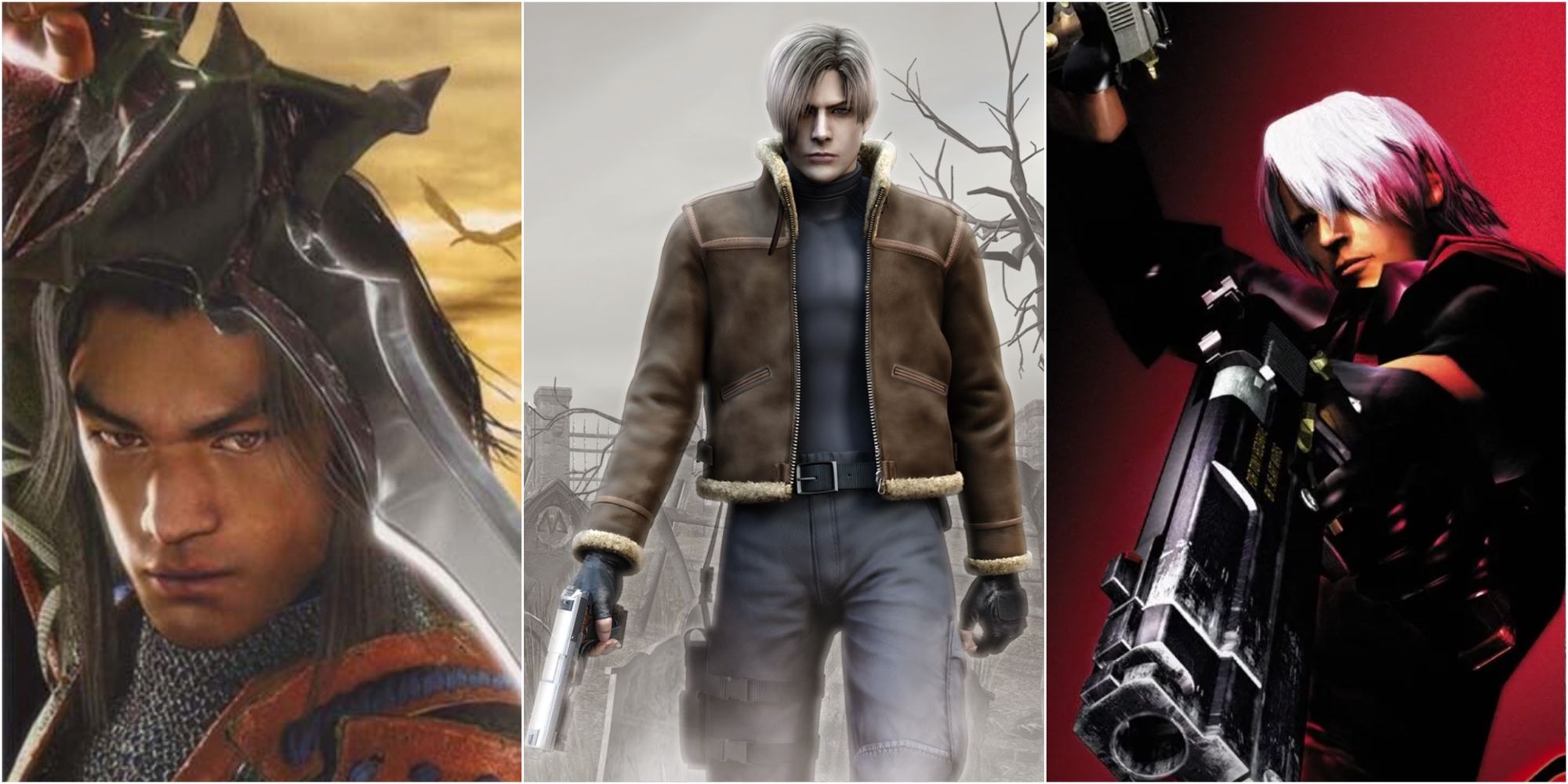
Best Capcom Game From Every Year In The 2000s
Capcom was on a roll during the 2000s, coming out with a plethora of high-quality titles that embraced multiple genres.

